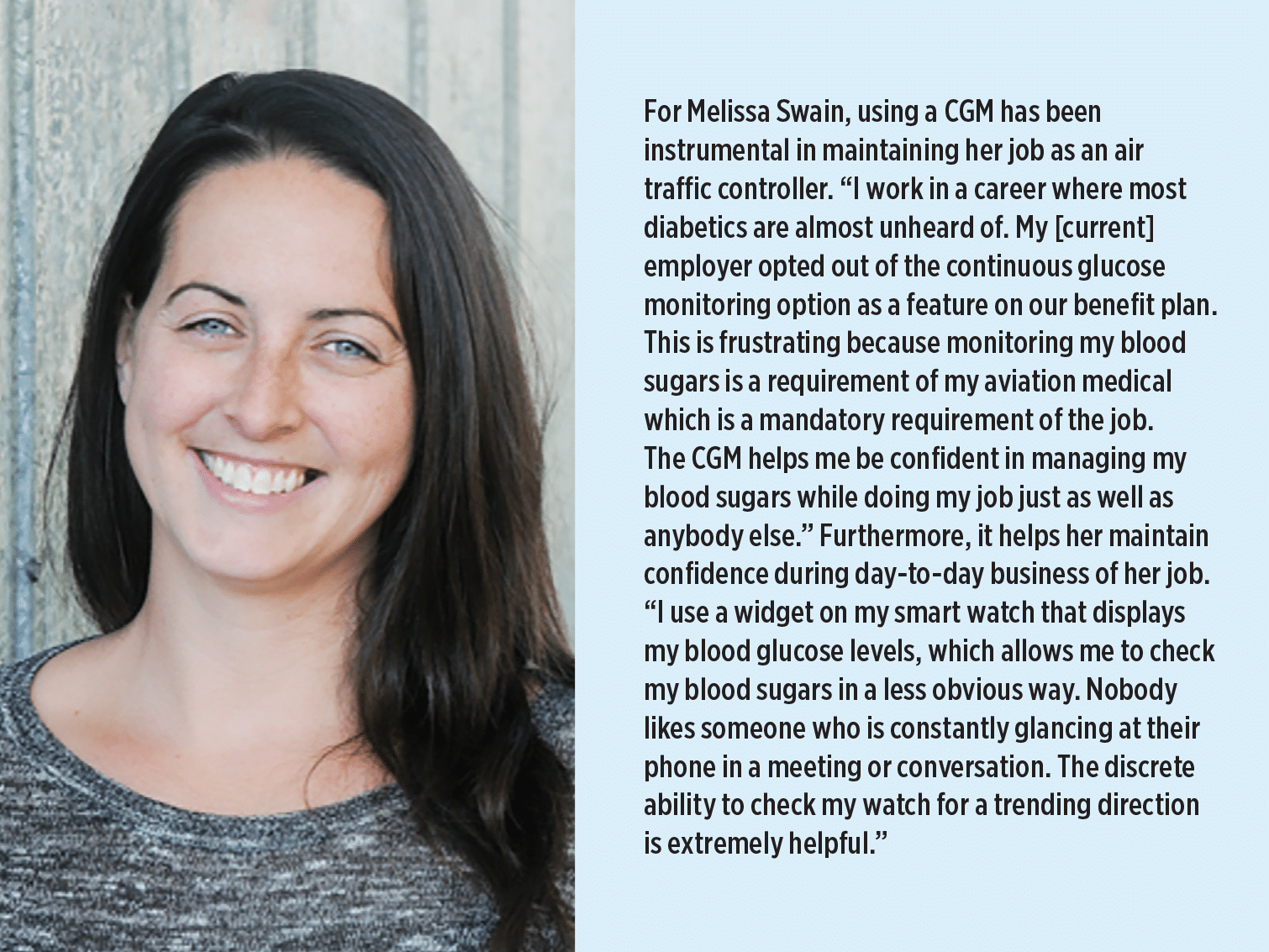Virtual Healthcare and Diabetes Management in Underserved Populations – The Role of Telemedicine in Increasing Access to Diabetes Care
The significant uptick in use of telemedicine during the COVID-19 pandemic has the potential to increase access to healthcare for Canadians living in rural or underserved areas who face a significant shortage of healthcare personnel.¹ For diabetes care, evidence suggests that telemedicine can successfully replace in-person visits for managing diabetes, particularly when coupled with diabetes management technologies such as continuous glucose monitoring devices.²
CONTINUOUS GLUCOSE MONITORING FOR DIABETES MANAGEMENT
Continuous glucose monitors (CGMs) are wearable devices that take much of the manual work out of testing glucose levels for someone with diabetes. They track glucose levels continuously to help individuals maintain ideal levels, which is key to avoiding both short- and long-term complications associated with diabetes.³ CGM devices can automatically stream real-time glucose data to an app on the user’s smartphone while providing users with real-time and predictive notices of their glucose trends. On top of this, users can easily share this data with their circle of care for a complete picture of their glucose patterns. Their healthcare providers can use this information to deliver a more advanced level of virtual diabetes care, including tailored treatment adjustments without the need to rely on self-reported information.
THE LATEST RESEARCH & TREATMENT GUIDELINES⁴
As outlined in the updated 2021 Diabetes Canada Glucose Monitoring Guidelines, randomized controlled clinical trials demonstrate the use of real-time continuous glucose monitoring technology (rtCGM) significantly improves glucose control and reduces the duration and incidence of low glucose events among adults and children with type 1 diabetes. As such, these new Guidelines recommend that individuals with type 1 diabetes should use this technology to obtain these benefits. Research also shows that rtCGM significantly improves glucose control in adults with type 2 diabetes who are using intensive insulin therapy. The Guidelines recommended rtCGM may be used to obtain these benefits in adults with type 2 diabetes on insulin, with a reminder of the importance of using the technology in combination with structured diabetes education.

THE ROLE EMPLOYERS PLAY IN HELPING EMPLOYEES MANAGE DIABETES
Living with diabetes is a continuous effort of monitoring and management of treatments, diet, physical activity and more, to obtain and maintain healthy safe glucose targets. For an employee, the short- and longer-term complications of unmanaged diabetes, including episodes of low glucose or hypoglycemia, can lead to an increase in absenteeism and work-related injuries.5
But this doesn’t need to be the case. The advancements in continuous glucose monitoring (CGM) technology can now streamline employee self-management of diabetes including their connection to virtual care, enabling them to be healthy, safe, and productive. By example, the ability of rtCGM use to predict and prevent episodes of hypoglycemia is particularly relevant for employees with diabetes working in safety sensitive roles. Ensuring employees have access to digital virtual diabetes care tools including CGM technology is an unprecedented opportunity to enable the health, productivity, and safety of employees with diabetes and their workplaces, regardless of their location or (in)ability to access traditional care.
–Hannah Baker, bh
References
1 Chu C, Cram P, Pang A, Stamenova V, Tadrous M, Bhatia R. Rural Telemedicine Use Before and During the COVID-19 Pandemic: Repeated Cross-sectional Study. J Med Internet Res. 2021;23(4):e26960
2 https://www.diabetes.ca/about-diabetes/stories/virtual-care-is-integral-to-the-future-ofdiabetes-management
3 https://www.diabetes.ca/DiabetesCanadaWebsite/media/Managing-My-Diabetes/Tools%20 and%20Resources/Continuous_Glucose_Monitoring_Advocacy_Pkg_4.pdf?ext=.pdf
4 Cheng A, Feig DS, Ho J and Siemens R. Can J Diabetes. 2021; 45: 580-587.
5 Li AK, Nowrouzi-Kia B. Impact of Diabetes Mellitus on Occupational Health Outcomes in Canada. Int J Occup Environ Med. 2017;8(2):96-108.

